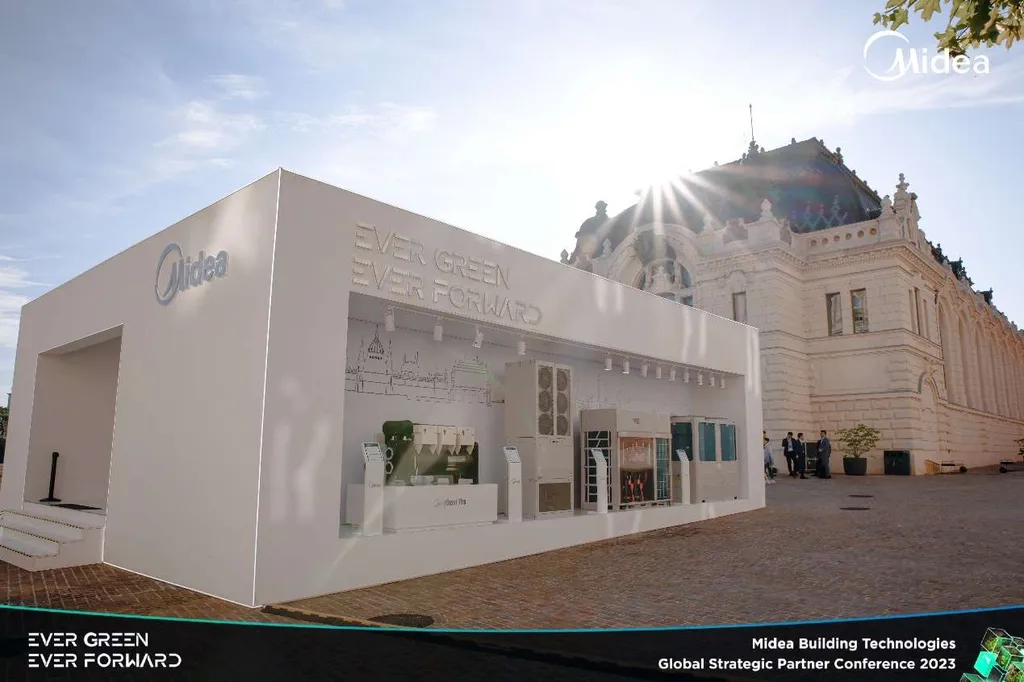In the ever-evolving landscape of construction and engineering, a groundbreaking study has emerged from the Budapest University of Technology and Economics, promising to reshape how we understand and apply stress analysis in membrane shells. Led by Tamás Baranyai from the Department of Morphology and Geometric Modelling, this research delves into the intricate world of projective continuum mechanics, offering new insights that could revolutionize the energy sector.
Membrane shells, ubiquitous in modern architecture and energy infrastructure, are known for their efficiency in distributing loads and their aesthetic appeal. However, their analysis has often been constrained by the limitations of traditional stress analysis methods. Baranyai’s work, published in the prestigious journal ‘Comptes Rendus. Mécanique’ (which translates to ‘Proceedings of the Mechanics Section’), introduces a novel approach that leverages projective geometry to describe Cauchy stress and infinitesimal strain tensors. This innovative method could unlock new potentials in the design and optimization of membrane structures, particularly in the energy sector.
At the heart of Baranyai’s research lies the concept of projective invariants. Unlike conventional methods, this approach recognizes that material isotropy and global material orthotropy are not projective invariants. This means that the transformation of known solutions is only useful for statically determinate problems, a category that includes many membrane shells. “This realization opens up new avenues for applying projective geometry in stress analysis,” Baranyai explains. “It allows us to preserve the correspondence between the Airy stress function and the shape function, as established by Pucher’s equation, in a point-wise projective three-dimensional way.”
The implications of this research are far-reaching. In the energy sector, membrane shells are used in various applications, from solar panels to gas storage facilities. The ability to accurately analyze and optimize these structures could lead to significant improvements in efficiency, durability, and cost-effectiveness. For instance, more precise stress analysis could enable the development of lighter, stronger materials, reducing the environmental impact of energy infrastructure. Additionally, the enhanced understanding of membrane behavior could pave the way for innovative designs that push the boundaries of what is currently possible.
Baranyai’s work also highlights the potential for cross-disciplinary collaboration. By bridging the gap between geometry and mechanics, this research demonstrates the value of integrating different fields of study. “The intersection of mathematics and engineering is where some of the most exciting innovations happen,” Baranyai notes. “This study is a testament to that, and I hope it inspires others to explore these intersections further.”
As the construction and energy sectors continue to evolve, the need for advanced analytical tools becomes ever more pressing. Baranyai’s research on projective continuum mechanics offers a glimpse into the future of stress analysis, promising to shape the development of membrane structures and beyond. With its publication in ‘Proceedings of the Mechanics Section’, this work is set to make waves in the academic and industrial communities alike, driving forward the frontier of engineering innovation. The energy sector, in particular, stands to gain significantly from these advancements, as the quest for sustainable and efficient solutions continues.

